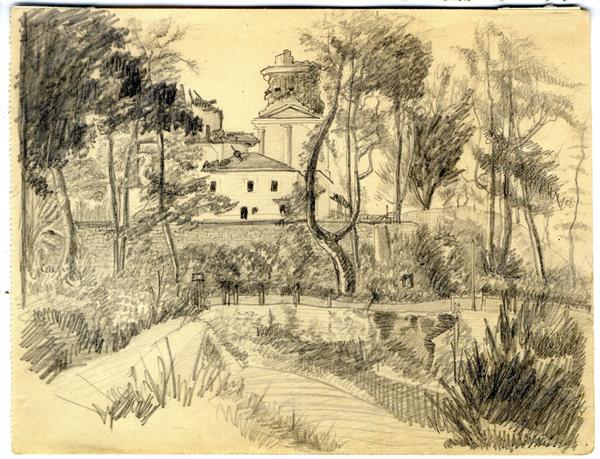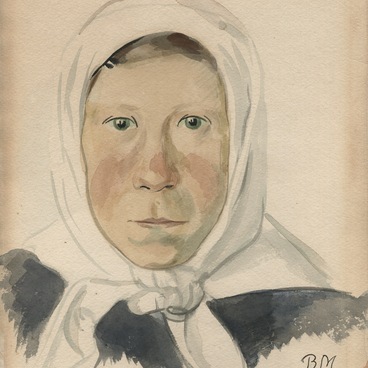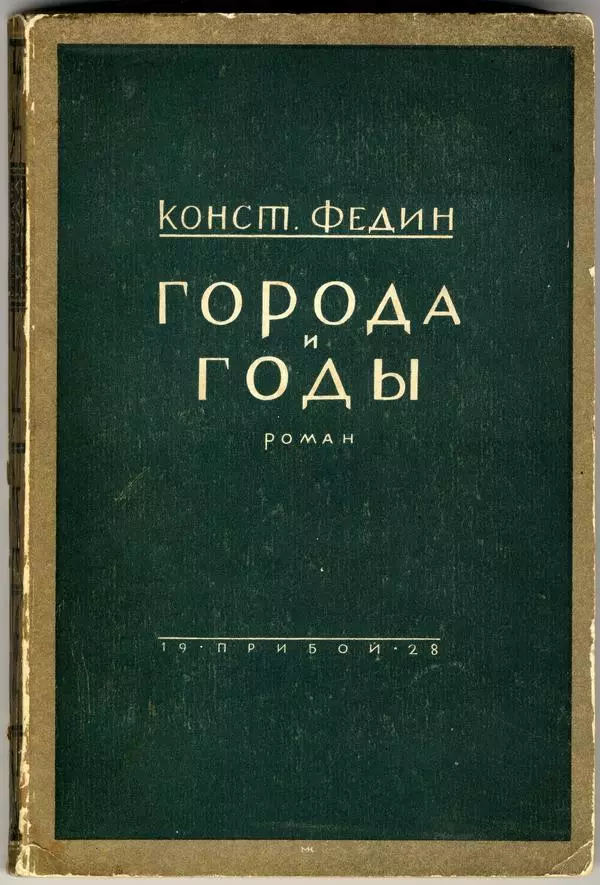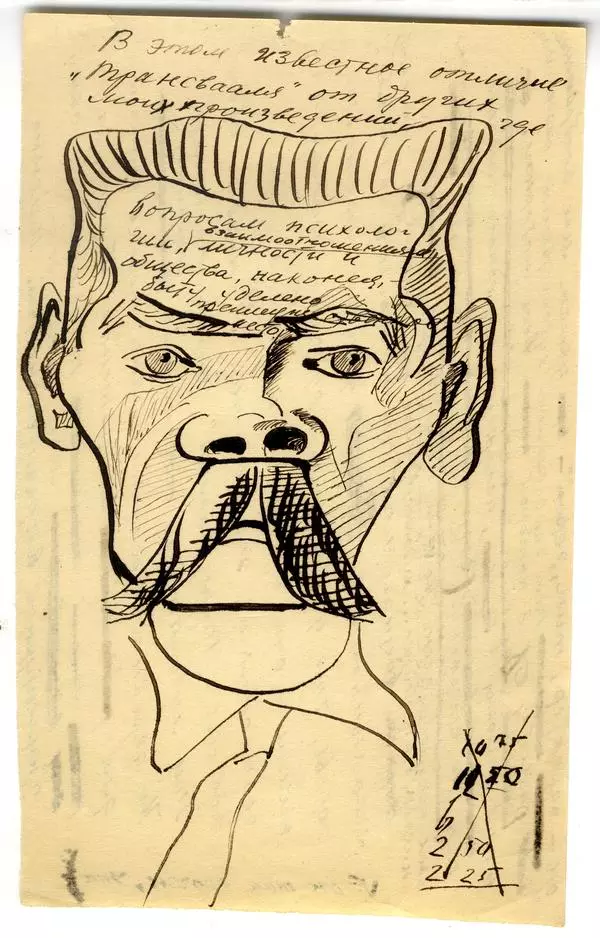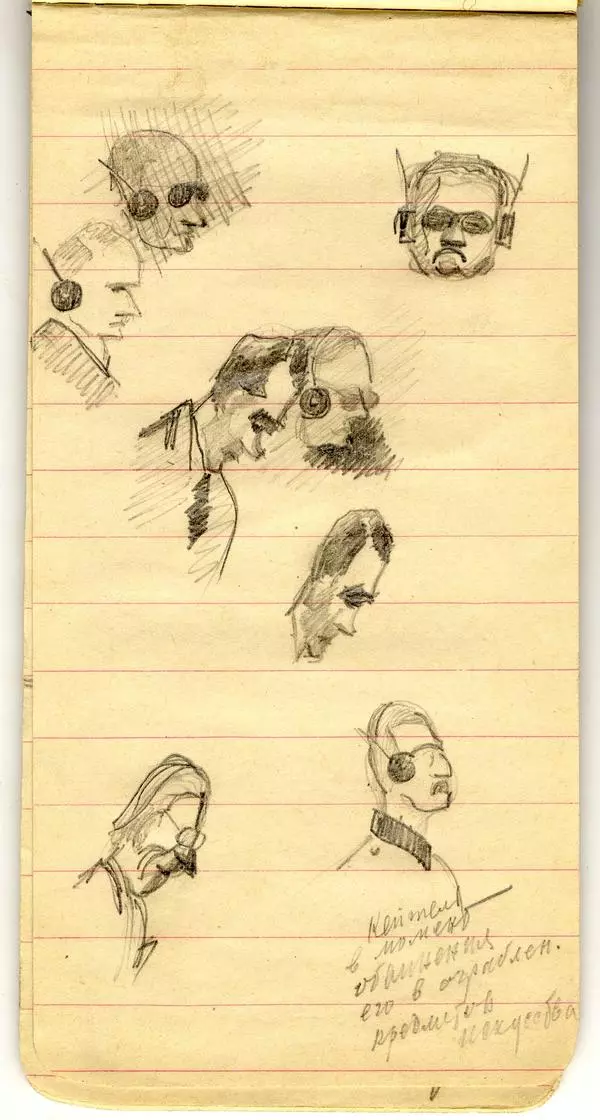Svyatogorsky Monastery of the Holy Assumption in Pushkinskiye Gory has always been a significant place for Russian people. First of all, it is an Orthodox shrine and the burial place of the great Russian poet Alexander Pushkin. The Second World War was a trying time for the village of Pushkinskiye Gory, as it was for the rest of the country. The first bombing of the settlement took place on 2 July 1941, seriously damaging many buildings and almost destroying the dome of the Svyatogorsky Monastery completely. For the next two weeks, intense defensive battles were fought in the surrounding area, but on 15 July 1941, the Soviet troops were forced to surrender their positions under the pressure of superior enemy forces. The grim days of the occupation came, which lasted for three years.
It was only in early July 1944, during the Rezhitsk-Dvinsk offensive, that German units were driven back. Representatives of the Extraordinary State Commission for Ascertaining and Investigating Crimes Perpetrated by the German-Fascist Invaders and their Accomplices in the USSR were immediately sent to Pushkinskiye Gory. Konstantin Fedin was among them. Fedin was there from 26 July to 1 August 1944, together with other prominent writers and scientists from Leningrad and Moscow.
It was only in early July 1944, during the Rezhitsk-Dvinsk offensive, that German units were driven back. Representatives of the Extraordinary State Commission for Ascertaining and Investigating Crimes Perpetrated by the German-Fascist Invaders and their Accomplices in the USSR were immediately sent to Pushkinskiye Gory. Konstantin Fedin was among them. Fedin was there from 26 July to 1 August 1944, together with other prominent writers and scientists from Leningrad and Moscow.
At that time, he made some sketches (Fedin had had a passion for drawing since his studies at the Commercial Academy in the city of Kozlov), as well as brief notes in his diary describing the tragic state of affairs. Indeed, the entire territory of Pushkinskiye Gory was like a minefield by the time it was liberated. It took several years to clear the area of mines. As the Germans were retreating, they planted a huge landmine at the foot of Pushkin’s grave. It was camouflaged by roughly assembled wooden shields covering the tombstone. The German occupiers were well aware that, upon entering Pushkinskiye Gory, the Red Army soldiers and officers would visit the poet’s grave first, and they decided to turn it into a trap.
Eyewitnesses recalled how trucks passing by the Svyatogorsky Monastery on their way to the frontline would always stop at the shrine. This brief meeting with Pushkin raised the spirits of soldiers defending their Motherland.
The findings of the Extraordinary State Commission were published in the Pravda newspaper on 30 August 1944. Based on the investigation materials, eyewitness testimony and photographic documents, it was established that ‘Acting upon directions of the German Military Command, the Hitlerites destroyed and annihilated the cultural-historic monuments of the Russian people connected with the life and work of the great Russian poet, Alexander Sergeyevich Pushkin’.
The findings of the Extraordinary State Commission were published in the Pravda newspaper on 30 August 1944. Based on the investigation materials, eyewitness testimony and photographic documents, it was established that ‘Acting upon directions of the German Military Command, the Hitlerites destroyed and annihilated the cultural-historic monuments of the Russian people connected with the life and work of the great Russian poet, Alexander Sergeyevich Pushkin’.

